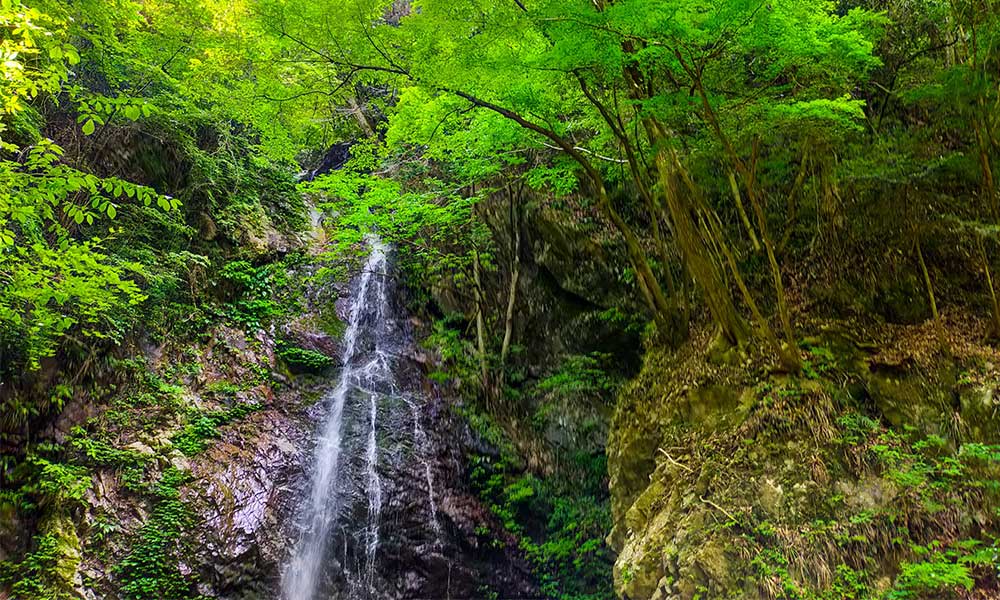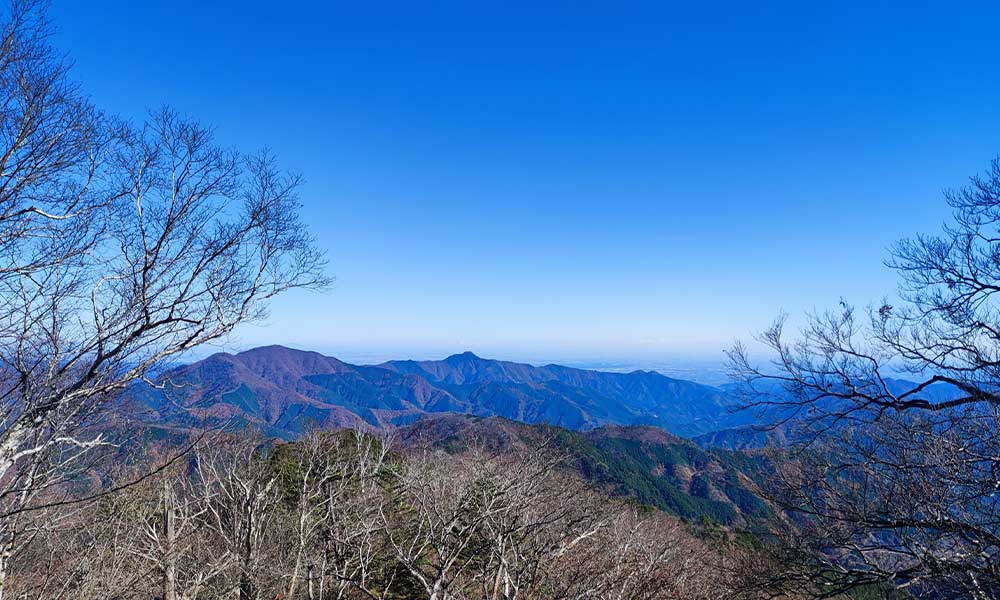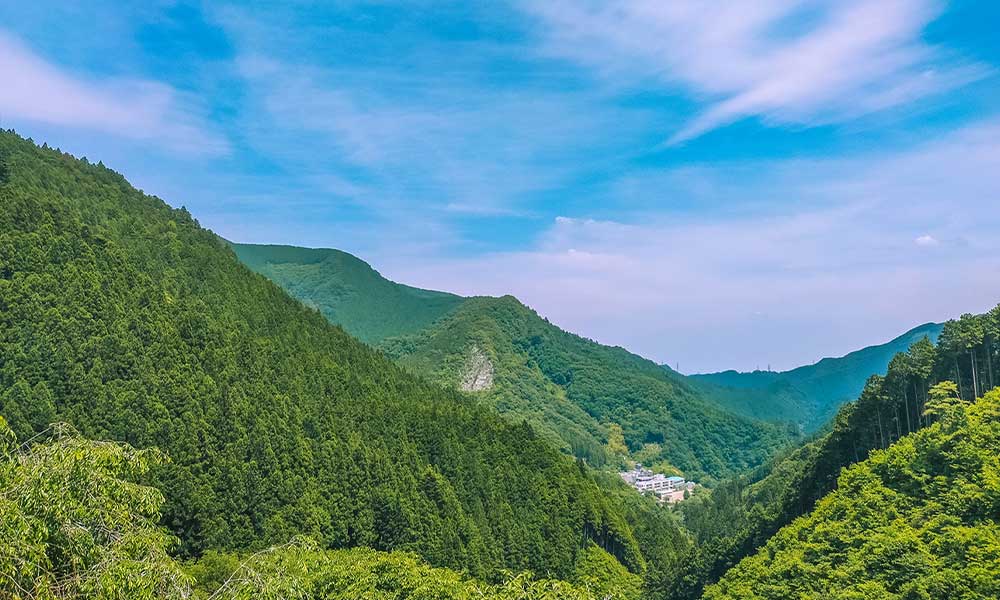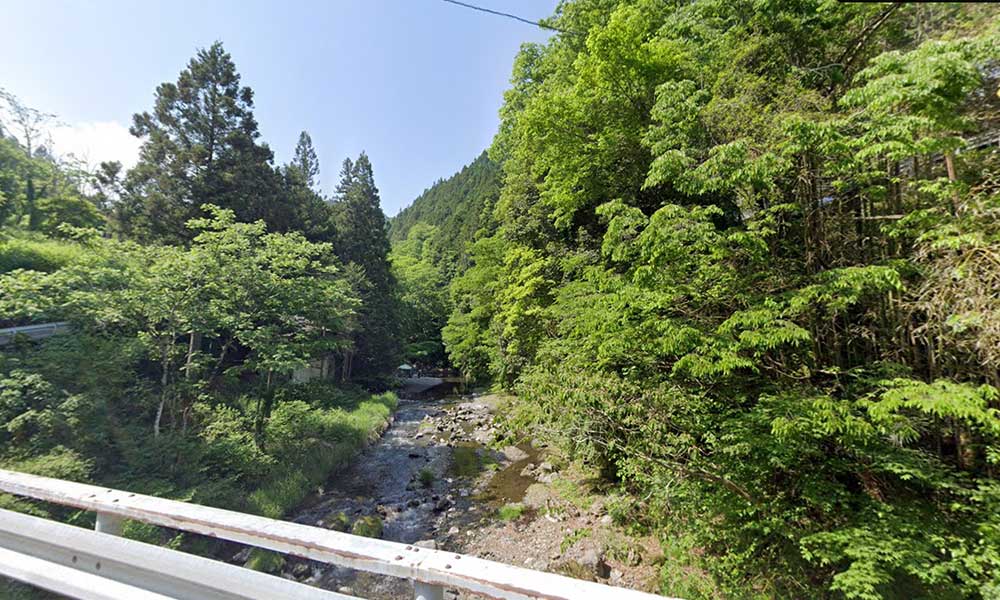Hinohara Village, Tokyo東京都檜原村
Living in Hinohara Village, Tokyo

We have Summarized the livability of Hinohara Village, Tokyo.
NISHITAMA AREA西多摩地域
CONTENTS
- What kind of place is Hinohara Village, Tokyo?
- Hinohara VillagePR video
- How is the traffic situation in Hinohara Village?
- How are the rent and land prices in Hinohara Village?
- How is childcare and education in Hinohara Village?
- How about shopping in Hinohara Village?
- How about jobs and recruitment in Hinohara Village?
- Hinohara Village’s unique subsidy/subsidy system
What kind of place is Hinohara Village, Tokyo?

Hinohara Village is a town located in a mountainous area rich in nature.
Hinohara Village is located in the western part of Tokyo and has an area of approximately 105.41 square kilometers.
It borders Okutama Town to the north, Hachioji City and Akiruno City to the east, Sagamihara City in South Kanagawa Prefecture and Uenohara City in Yamanashi Prefecture to the south, and Kosuge Village in Yamanashi Prefecture to the west.
It has a population of approximately 2,000 and approximately 1,000 households. (As of January 2023)
The origin of the place name dates back to the Heian period, when this area became the high ground of Hirayama Sueshige, a general of the Minamoto clan, and was called “Kashiwa no Sho” in honor of the prosperity of the Kamakura Shogunate, and the Japanese cypress was also called kashiwa, so the name was chosen.
Located on the western edge of Tokyo, it is a mountain village where you can feel the magnificent nature surrounded by nature that you would never imagine being in the city, and you can enjoy the nature of the four seasons.
Most of the village is covered by forest, making up 93% of the area, and a ridge runs east-west through the center of the village, with the Akigawa River flowing on both sides. Settlements are scattered along this river, and the terrain has almost no flat land.
Known as a scenic spot since the Edo period, the area is bustling with visitors who come to see Hossawa Falls, the only waterfall in Tokyo to be selected as one of the “Top 100 Waterfalls of Japan,” and the various hiking trails.
The Kazuma district, home to many guesthouses, is also home to the hot spring center Kazuma no Yu, which is popular with many people, including day-trippers and visitors returning from hiking.
The Hibara Forest Toy Museum, the only museum in the village, was built on the site of the former Kitahibara Elementary School, and is attractive for its warm atmosphere, with an abundance of local wood used in the interior and toys. There is also a zone where children can actually play with the toys, as well as restaurants, making it a popular facility for families to enjoy.
PR video of Hinohara Village, Tokyo
【Tokyo Hinohara Village Tourism Promotion Video】LITTLE ADVENTURE DIARIES ~THE EDGE OF TOKYO~
【Tokyo Hinohara Village Tourism Promotion Video】Tokyo’s Frontier HINOHARA
How is the traffic situation in Hinohara Village?
Hinohara Village is located far from the city center and the main means of transportation is by car.
There are no train lines, expressways, or national highways within the village. Nishitokyo Bus operates local bus routes within the village.
The roads in most areas have little traffic and are free from congestion.
There are no trains and the buses are infrequent, so it is quite inconvenient if you don’t have a car.
How are the rent and land prices in Hinohara Village?

Hinohara Village: A town blessed with a natural environment
According to information from a real estate information website, the average rent in the city for a newly built apartment within a 10-minute walk from the station is about 63,000 yen for a 1DK and 65,000 yen for a 2DK.
The average land price per tsubo is about 60,000 yen per tsubo.
The village is known for its natural environment, dotted with mountains and rivers, and natural scenery, making it the perfect area for families who want to live surrounded by nature.
The prices of land and housing in general are generally lower than in central Tokyo and surrounding municipalities, making it an area where large plots of land and detached houses can be purchased at relatively reasonable prices.
However, there are few listings for rentals or land purchases, so it may be difficult to gather information.
It’s an environment rich in nature and it’s easy to purchase spacious homes.
There is almost no flat land in the mountainous area.
How is childcare and education in Hinohara Village?

Hinohara Village: an attractive place to raise children in a natural environment
Hinohara Village has one nursery school, one elementary school, and one junior high school. There are no high schools or universities.
Child medical expense subsidies are available for both outpatient and inpatient care for children up to 18 years old (as of March 31st after they reach 18 years old), and the full cost is covered.
Child allowances are provided: 15,000 yen for children under 3 years old, 10,000 yen for the first and second children aged 3 years old or older and not yet entering elementary school, 15,000 yen for the third child and onwards, and 10,000 yen for junior high school students.
Hinohara Village also has its own comprehensive support system.
The “Infant and Childcare Product Subsidy Project” subsidizes the cost of childcare products such as disposable diapers and powdered milk for infants aged 0-2 years by 5,500 yen per month.
In addition, a portion of the cost of purchasing a child car seat is subsidized for infants under 6 years old. (Up to 30,000 yen per infant)
The “Nukumori” Daycare Center for Sick and Convalescent Children is a support system that allows parents to leave their children from 6 months old to the third grade of elementary school in a corner of the hospital if they become ill and their parents are unable to find someone to leave them due to work or other reasons.
There are generous support systems in place for families with children, including childcare subsidies and medical expense subsidies.
There are few educational institutions, and from high school onwards, travel time and costs money to travel to other municipalities.
How about shopping in Hinohara Village?

Hinohara Village has limited commercial facilities compared to the city center.
The only supermarket in Hinohara Village is a mini supermarket called “Kaabeeya” near the Hinohara Village Office.
Since opening in 2016, it has been a much-loved and useful supermarket for villagers and hikers on their days off, as it is the only place in the village where you can buy groceries, miscellaneous goods, and other daily necessities in one place.
If you have a car, you can go shopping at nearby shopping malls.
There are hardly any shopping facilities.
How about jobs and recruitment in Hinohara Village?
Hinohara Village: A town with limited job opportunities and needing access to cities within commuting distance
The average annual income in Hinohara Village is 2.89 million yen.
There are still a few households in the village who continue to work in the traditional forestry and agriculture industries, but most of them have left the village to work, so it is not an area where you can expect to find many jobs.
This is the perfect environment for those who want to work in a job that utilizes nature.
The area has few jobs and low income.









